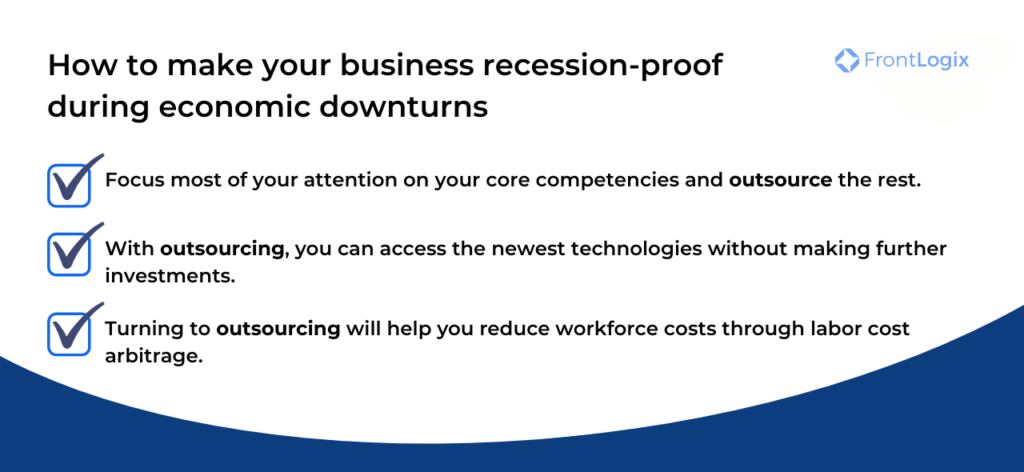Contact Center WFM Challenges Before Implementation (and Their Solutions)
Contact Center WFM Challenges Before Implementation (and Their Solutions) are critical to address for ensuring a successful deployment of Workforce Management (WFM) solutions. When it comes to running a contact center, WFM solutions have proved time after time to be a transformative tool. They play a crucial role in improving operations, enhancing customer experiences, and keeping agents happy.
We have covered the importance of Workforce Management in our previous blog posts.
Related articles: What is Workforce Management (WFM) for Call and Contact Centers? Call center Workforce Management (WFM) tools and their benefits How Workforce Management Drives Customer Experience How Workforce Management Drives Agent Experience
But, despite the clear advantages, many organizations still hold onto outdated systems. This hesitation often stems from Contact Center WFM Challenges Before Implementation (and Their Solutions), including concerns about whether the investment in WFM will pay off. Worries about upfront costs, fear of the unknown, and the effort required to integrate new systems also add to the mix.
In what follows, we’re going to break down Contact Center WFM Challenges Before Implementation (and Their Solutions) and offer practical strategies to overcome them, helping your organization tap into the benefits of WFM.
Jump to:
Navigating Common WFM Challenges: Solutions
Challenge #1: Initial Investment Cost Considerations
Challenge #2: The Cost of Hiring a Dedicated WFM Analyst
Challenge #3: Integration with Existing Systems
Challenge #4: Employee Pushback
Challenge #5: Data Privacy and Security
Challenge #6: Maintaining System Relevance
Challenge #7: Complexity of New Systems
FrontLogix: The Solution to WFM Challenges
Navigating Common WFM Challenges: Solutions
Challenge #1: Initial Investment Cost Considerations
One of the most common Contact Center WFM Challenges Before Implementation (and Their Solutions) is the concern about the financial commitment. Investing in WFM technology might seem like a big step financially, with worries about the hit to your budget and how long it’ll take to see the payoff.
Solution: Think beyond the initial spend. The real value comes in the form of reduced labor costs, improved customer satisfaction, and higher efficiency. A deep dive into a cost-benefit analysis will lay out how WFM can not only save money but also boost your bottom line in the long run.

Challenge #2: The Cost of Hiring a Dedicated WFM Analyst
Among the Contact Center WFM Challenges Before Implementation (and Their Solutions) is the expense of securing a skilled WFM analyst for your team. This specialized expertise comes at a premium, making it a significant investment for many organizations.
Solution: Consider partnering with a WFM outsourcing expert who offers both deep knowledge and affordability.
FrontLogix offers WFM-Managed Services as a Subscription, providing you with access to top-tier expertise without the full-time price tag.
Challenge #3: Integration with Existing Systems
One of the significant Contact Center WFM Challenges Before Implementation (and Their Solutions) is integrating WFM systems with your existing CRM, ERP, and other contact center technologies. This process can seem overwhelming, particularly for organizations entangled in complex legacy systems. There’s also the risk of compatibility issues, which could lead to data being stuck in silos or making operations less efficient.
Solution: Turn to the know-how of WFM vendors for smooth integration. Choose WFM solutions that are celebrated for their adaptability and ease of fitting into your existing processes, ensuring minimal disruption and maintaining workflow continuity.
Challenge #4: Employee Pushback
Among the Contact Center WFM Challenges Before Implementation (and Their Solutions) is overcoming employee pushback. Rolling out new WFM solutions can be met with resistance as shifts in how schedules are made, performance is tracked, and tasks are handed out may spark worries over privacy, freedom, and even job stability.
Solution: Start conversations with your team early. Make sure to explain the advantages of WFM, emphasizing how it’s designed to simplify their jobs and make their day-to-day more fulfilling. Offer thorough training and ongoing support to help smooth the path to these changes.

Challenge #5: Data Privacy and Security
One of the critical Contact Center WFM Challenges Before Implementation (and Their Solutions) involves addressing concerns about data privacy and security. Bringing in new systems often raises important questions about the handling of sensitive employee and customer information.
Solution: Opt for WFM solutions with robust security features that comply with data protection regulations. Conducting frequent security checks and being open about how data is managed can help foster trust and maintain compliance.
Challenge #6: Maintaining System Relevance
Among the Contact Center WFM Challenges Before Implementation (and Their Solutions) is ensuring that WFM systems remain relevant in the face of rapidly evolving technology and customer needs. Without consistent updates, these systems can quickly become obsolete.
Solution: Choose WFM providers known for their commitment to frequent updates and ability to adjust to changing market dynamics. This strategy guarantees your WFM system stays up-to-date and continues to meet your needs effectively.
Challenge #7: Complexity of New Systems
Another critical Contact Center WFM Challenges Before Implementation (and Their Solutions) is the success of a WFM system heavily depends on the willingness and ability of staff to use it effectively. New WFM tools often come with advanced features and functionalities that require significant training for both managers and agents.
Solution: Introducing continuous training initiatives and establish a robust support network for users. Incorporating gamification and rewards can further motivate staff to engage with and master the new system.
Also, finding a WFM expert who can offer tailored training and insights can significantly enhance the learning curve and system adoption, addressing one of the key Contact Center WFM Challenges Before Implementation (and Their Solutions).
FrontLogix: The Solution to WFM Challenges
FrontLogix is your solution to Contact Center WFM Challenges Before Implementation (and Their Solutions). From the get-go, we’re here to advise on the best WFM solutions tailored to your specific needs. We’ve got you covered on everything from labor forecasting and scheduling to setting up the right scheduling rules, adopting best practices, and tapping into essential WFM knowledge whenever it’s needed.
We bring to the table over 20 years of workforce management experience, offering on-demand management expertise that blends seamlessly with your current WFM setup.
And with our WFM-Managed Services available on a subscription basis, you gain access to our top-tier expertise without the overhead of a full-time hire.
Find out more about FrontLogix’s WFM-managed services or set up a call.

Found this useful?
Subscribe to our newsletter and get CX and WFM news delivered to your inbox.
Don’t worry, we won’t flood your inbox – just one insightful email a month!





























